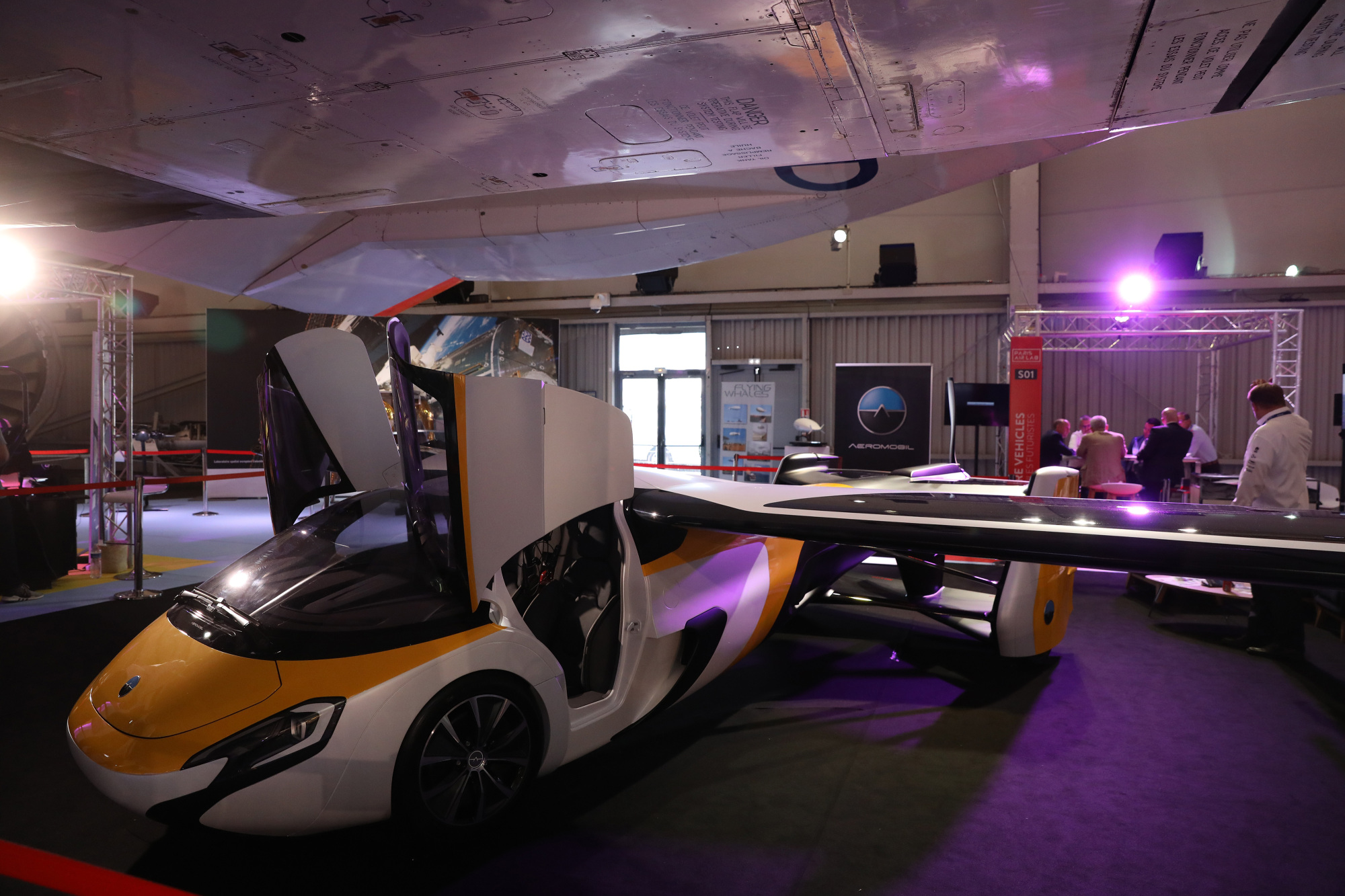Nothing illustrates the divide between science fiction and reality better than the flying car. In movies, books and cartoon shows from the mid-20th century, people hop in their car, lift off and fly to work. In reality, we're still enduring traffic jams or commuting by bus or train. We have supercomputers in our pockets, and deaf people can hear, but the flying car has consistently eluded us. As venture capitalist and PayPal Holdings Inc. founder Peter Thiel famously griped, "We wanted flying cars, instead we got 140 characters" — a reference to the length of a Twitter post.
It's not that hard to see why the flying car never became the standard mode of transportation. For one thing, the basic technology of vertical takeoff and landing — which is required in order to avoid long runways — is fairly hard. Inventors such as Paul Moller have been working on VTOL cars since the 1960s but made only slow progress — at least until recently.
Flying is also very expensive. It takes a lot more power to lift something into the air than it does to roll something along the ground. Commercial air travel is energy efficient because we pack tons of people into the same airplane, but if everyone had their own flying car, it would cost a lot of money for the fuel.



















With your current subscription plan you can comment on stories. However, before writing your first comment, please create a display name in the Profile section of your subscriber account page.